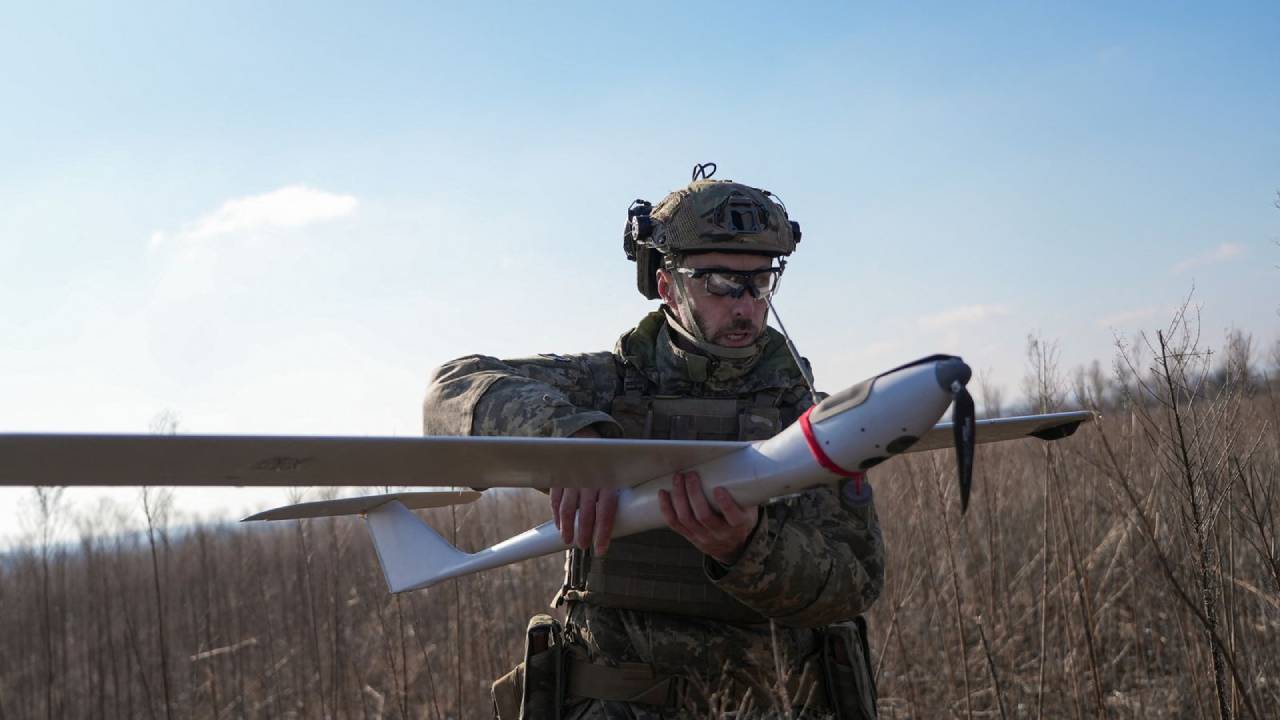Europe must be ready to produce millions of drones and build a rapid-response drone army as military intelligence warns Russia could be capable of attacking a NATO country within five years, the EU’s defence commissioner has said.
Andrius Kubilius, speaking amid growing geopolitical tension, stressed the urgent need for Europe to prepare for the possibility of war by investing in drone technology, infrastructure, and personnel now not just stockpiling drones that may soon become obsolete.
Citing Ukraine’s battlefield success, where drones are reportedly responsible for 80% of Russia’s frontline losses, Kubilius said cheap, adaptable UAVs (unmanned aerial vehicles) are now decisive weapons.
Ukraine is expected to produce over four million drones this year alone, utilising them in both offensive and defensive capacities across a 1,200km front line dubbed “Death Valley.”
Rather than stockpiling existing models that risk becoming outdated, the EU defence commissioner believes European countries should train drone pilots, recruit engineers, and scale up manufacturing capacity. “We must be ready to mass-produce when the time comes,” he said.
Germany, UK, Denmark Ramp Up Drone Spending
In Germany, the Ministry of Defence confirmed it is prioritising drone systems and has signed contracts for new attack drones.
The country aims to “turbo-charge” defence spending, with Chancellor Olaf Scholz pledging to build Europe’s strongest conventional army.
A €150bn EU loan scheme approved in May is also expected to bolster defence production across the bloc.
At a military drone showroom in Berlin, head of the German cyber innovation hub, Sven Weizenegger, revealed a surge in interest from tech companies eager to supply defence-grade drones, with as many as 20 enquiries received daily.
The UK has also put drones at the centre of its new warfighting doctrine, unveiling a 20-40-40 strategy in its recent Strategic Defence Review.
This means future British military operations will comprise 20% traditional platforms (such as tanks), 40% expendable drones, and 40% high-end reusable drones.
Defence Secretary John Healey confirmed an extra £2 billion will be spent on drone technology during the current parliament.
NATO’s Drone Race: Prepared or Playing Catch-up?
While NATO leaders have recognised drones as a top defence priority, critics warn the alliance is not yet ready for the scale of drone warfare seen in Ukraine.
German weapons experts and battlefield strategists have raised alarms over a lack of readiness, especially in the face of potential mass drone attacks.
One system under development a radar-equipped drone interceptor capable of targeting threats from up to five kilometres away is being hailed as a potential game-changer in aerial defence.
NATO’s new Secretary-General, Mark Rutte, has urged member states to boost defence spending to 5% of GDP by 2035, with particular focus on drone warfare, cyber defence, and artificial intelligence.
He called for a fivefold increase in air defence capabilities across the alliance.
From Baltic Borders to European Assembly Lines
The commissioner used his home country of Lithuania a NATO frontline state bordering Russia and Belarus as an example.
He said a country with a 900km shared border with hostile neighbours must be ready to produce thousands of drones quickly in case of conflict.
The EU’s strategy, in line with NATO’s broader security objectives, now includes establishing rapid manufacturing systems and integrated teams across member states to ensure Europe is not caught unprepared.
As Europe faces one of the most dynamic shifts in modern military doctrine, Kubilius’s message is clear: “We must build now not just machines, but the capacity to act when the threat becomes real.”





